Shift Towards Remote Production
The Broadcast Switcher Market is witnessing a significant shift towards remote production, driven by advancements in internet connectivity and cloud technology. This transition allows broadcasters to operate from various locations while maintaining high production quality. Remote production setups often require sophisticated switchers that can manage multiple feeds and provide real-time switching capabilities. As a result, the demand for such equipment is on the rise, with many companies investing in solutions that facilitate remote workflows. Recent statistics indicate that the remote production segment is expected to account for a substantial portion of the overall broadcast switcher market, highlighting the importance of adaptability in this industry.
Increased Demand for Live Streaming
The rise in demand for live streaming services is a pivotal driver for the Broadcast Switcher Market. As more organizations, including sports leagues, educational institutions, and corporate entities, seek to engage audiences through live content, the need for reliable and efficient broadcast switchers becomes paramount. The market has seen a notable increase in the adoption of switchers that support multi-camera setups and real-time editing capabilities. This trend is reflected in the growing number of live events being streamed, which has doubled in the past few years. Consequently, manufacturers are focusing on developing switchers that cater to this burgeoning demand, ensuring they remain competitive in a rapidly evolving market.
Growing Popularity of E-Sports and Gaming
The increasing popularity of e-sports and gaming is emerging as a significant driver for the Broadcast Switcher Market. As e-sports events gain traction, the need for high-quality broadcasting solutions becomes critical. Broadcasters are investing in advanced switchers that can handle the unique demands of gaming content, including multiple camera angles and real-time graphics integration. This trend is supported by the rapid growth of the gaming industry, which has seen revenues soar to unprecedented levels. Consequently, the demand for broadcast switchers tailored for e-sports is likely to continue its upward trajectory, presenting opportunities for manufacturers to innovate and capture this expanding market.
Technological Advancements in Broadcasting
The Broadcast Switcher Market is experiencing a surge in technological advancements, particularly with the integration of high-definition and 4K video formats. These innovations enhance the quality of live broadcasts, making them more appealing to audiences. As broadcasters strive to deliver superior content, the demand for advanced switchers that can handle multiple input sources and provide seamless transitions is increasing. According to recent data, the market for broadcast switchers is projected to grow at a compound annual growth rate of approximately 6% over the next five years. This growth is driven by the need for more sophisticated broadcasting solutions that can accommodate the evolving landscape of media consumption.
Regulatory Changes and Compliance Standards
The Broadcast Switcher Market is also influenced by regulatory changes and compliance standards that govern broadcasting practices. As governments and regulatory bodies implement stricter guidelines regarding content delivery and quality, broadcasters are compelled to upgrade their equipment to meet these standards. This necessity drives the demand for advanced broadcast switchers that can ensure compliance while delivering high-quality output. The market is expected to see a rise in investments aimed at upgrading existing infrastructure to align with new regulations. This trend not only enhances the quality of broadcasts but also ensures that broadcasters remain competitive in a landscape that is increasingly focused on compliance and quality assurance.


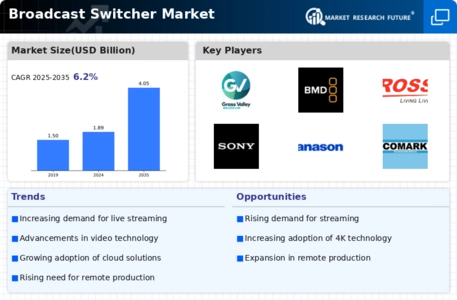
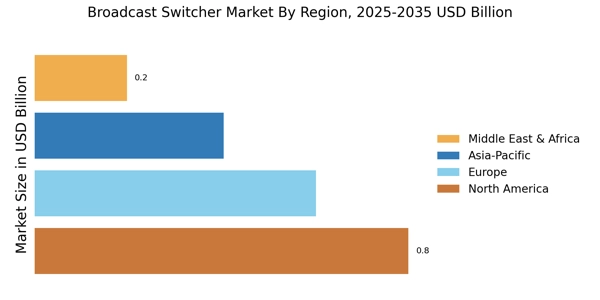
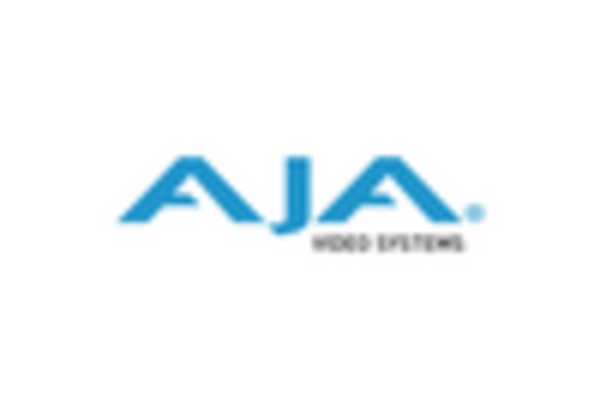
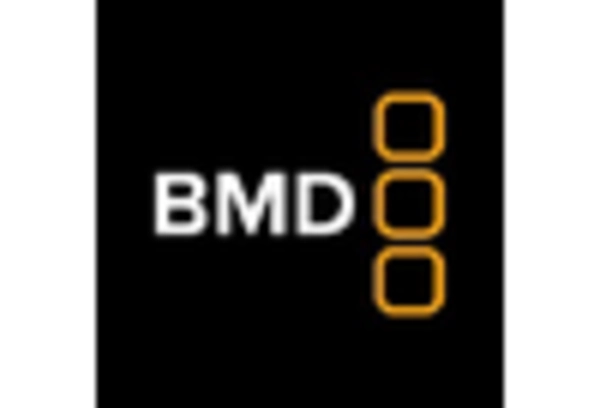


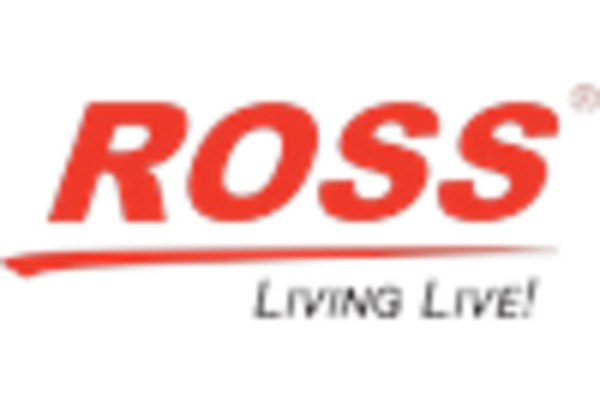









Leave a Comment